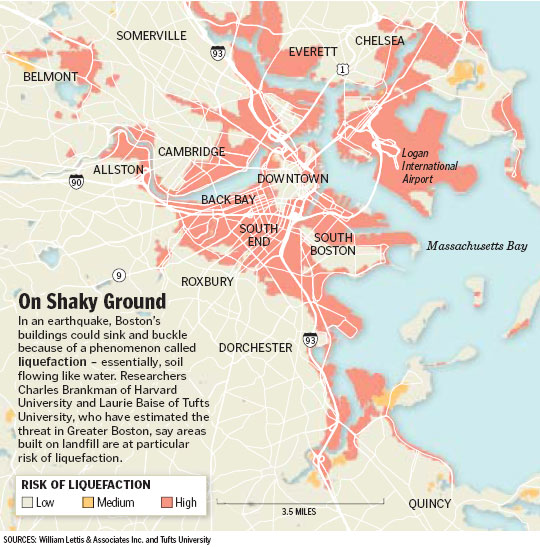Commuting Boston Student
Senior Member
- Joined
- Jan 17, 2012
- Messages
- 1,168
- Reaction score
- 1
A Blue Line tunnel to Kenmore via Charles/MGH would serve anybody coming from Kenmore and points west and at least half of the Back Bay with destinations on the northern half of the Red Line and anywhere on the current Blue Line, including Government Center, and vice versa. It would also serve as a Blue/Red Connector at Charles/MGH. I'm sure this is a sizable number of people.
Forgive me if I'm missing something, but your proposal is to have the green line branch, going westbound, after Park Street, without touching the Park Street-North Station stretch of the tunnel. This would certainly not decrease ridership on the green line (which is not a bad thing) but would still send those same riders, and maybe more, through the same Park Street-Government Center tunnel (which is a bad thing).
You're missing something important. My proposal adds additional platforms to Park Street under Beacon Street to service an auxiliary tunnel to Government Center on the opposite side of the burial ground. It doesn't touch anything Government Center-north, but nicely bypasses Park Street - Government Center (and, should Heavy Rail Green ever reach critical-mass levels of support, also nicely bypasses the long string of problem stations that is the Boylston Street Subway.)
How would a Blue Line Kenmore-Government Center via Charles/MGH and Riverbank not relieve the Green Line? Currently the only way Red and Blue passengers can head west is by transferring at Park and Government Center; extend the Blue Line to Kenmore (and eventually choose a route to head further west), and you'll eliminate the Blue demand that the Green is carrying as they'll be able to go single-seat. That would also put a big dent in Red-Green transfers considering the alternate transfer point at Charles/MGH.
Edit: Looks like I was too slow at typing.
Right, I'm not saying do this instead of Red-Blue Connector.
Just the opposite, I'm saying do this because it stops Riverbank from becoming conflated with Red-Blue Connector - and, frankly, the Blue Line doesn't need to go to Kenmore. Rapid Transit needs to be restored to Watertown, but the Blue Line probably isn't the best way of doing that, and 50% of the demand problem evaporates immediately when you finally get Red-Blue done. (It's not a choice, Red-Blue must happen.)
I'm also saying do this because you're never getting Heavy Rail B or E Lines, getting Heavy Rail C Line is something for Crazy Transit Pitches and Heavy Railing D precludes it from using the same tracks as B/C/E. The Park Street - Government Center tunnel is the biggest capacity constraint on the Green Line, and the D is the chief offender with regards to sucking up capacity. Move it onto the Riverbank, even without a Heavy Rail conversion, and suddenly you've got room to breathe - which you're going to need if you want to have a serious discussion about a full complement of north-side Green Line branches. (Chelsea says they want the Silver Line, but something tells me they'd be much happier with a Green Line branch. Everett could use a Green Line branch too.)

